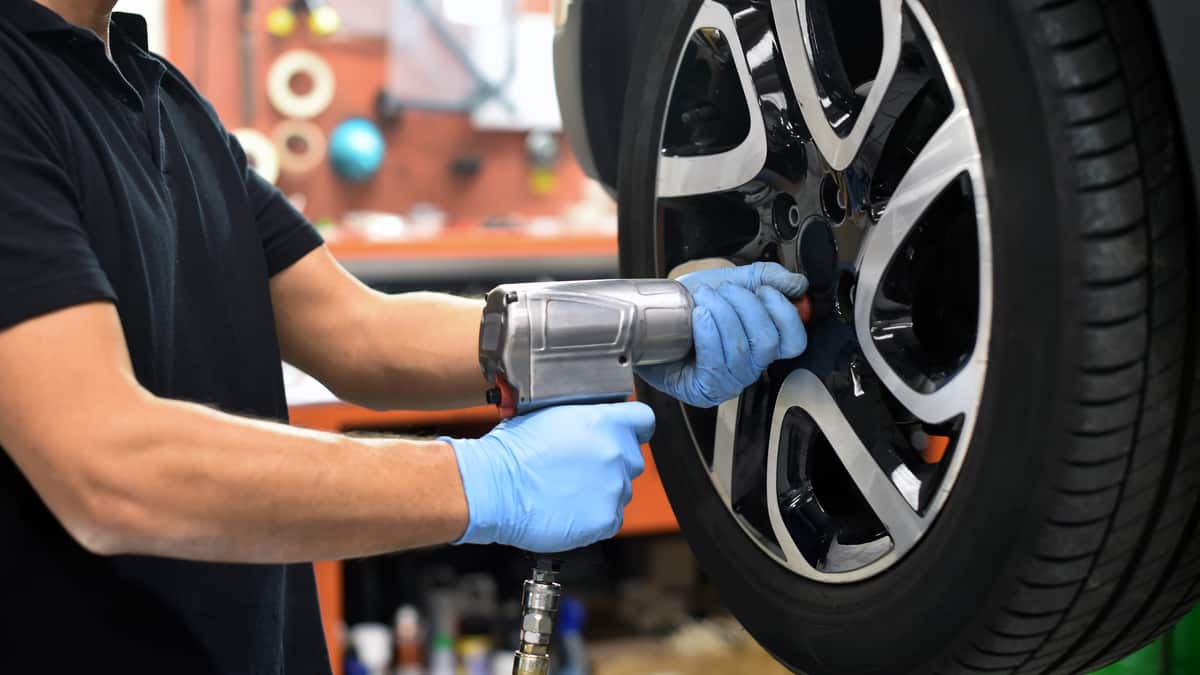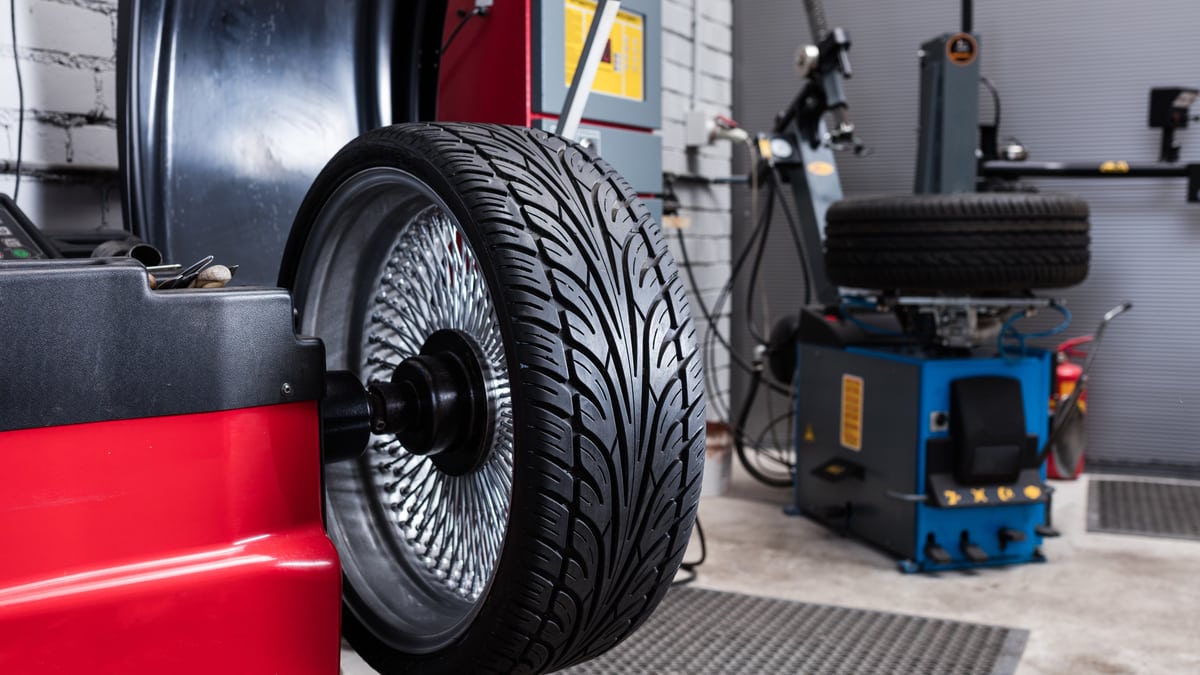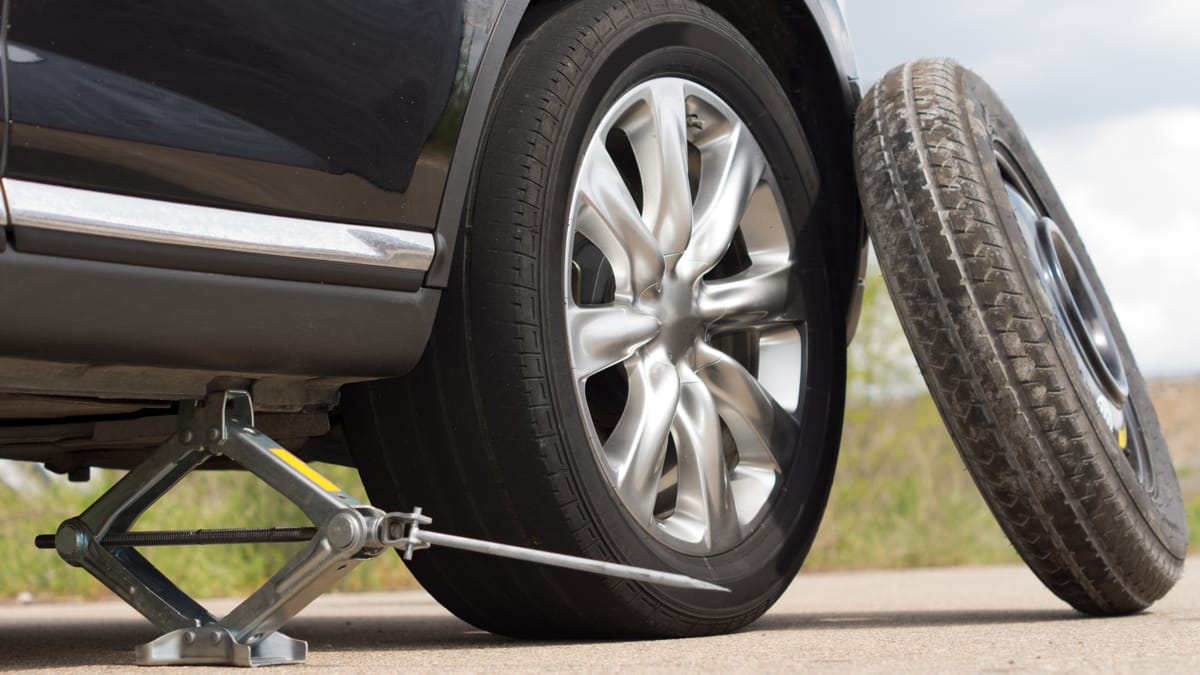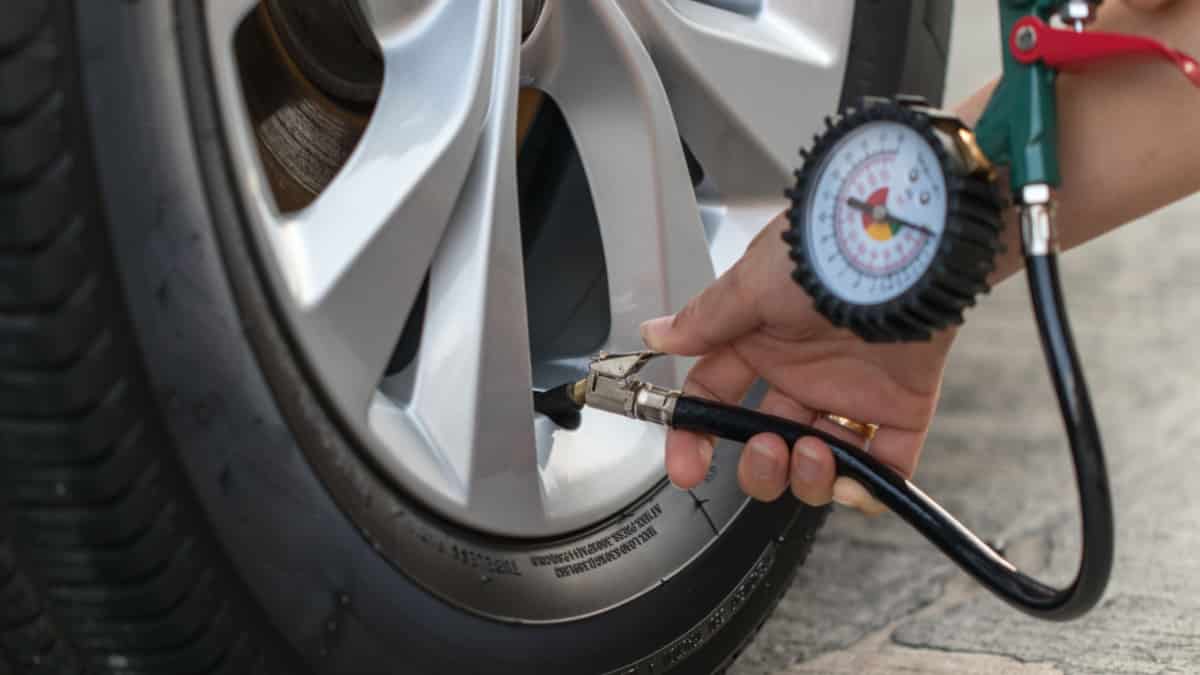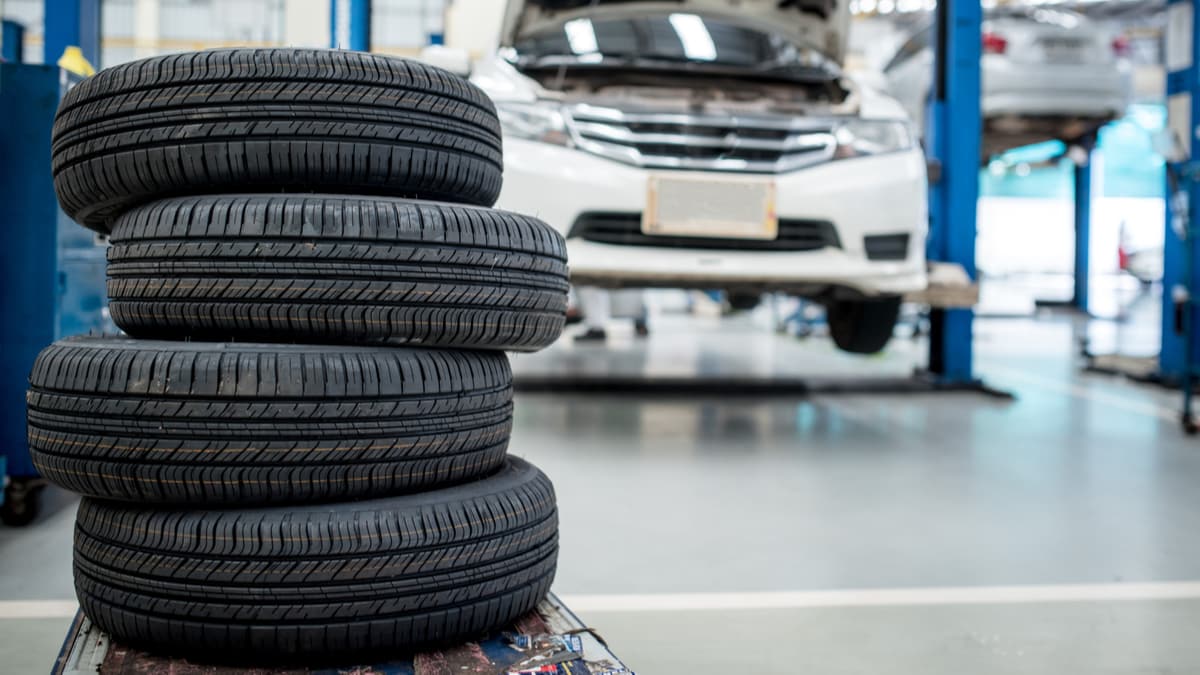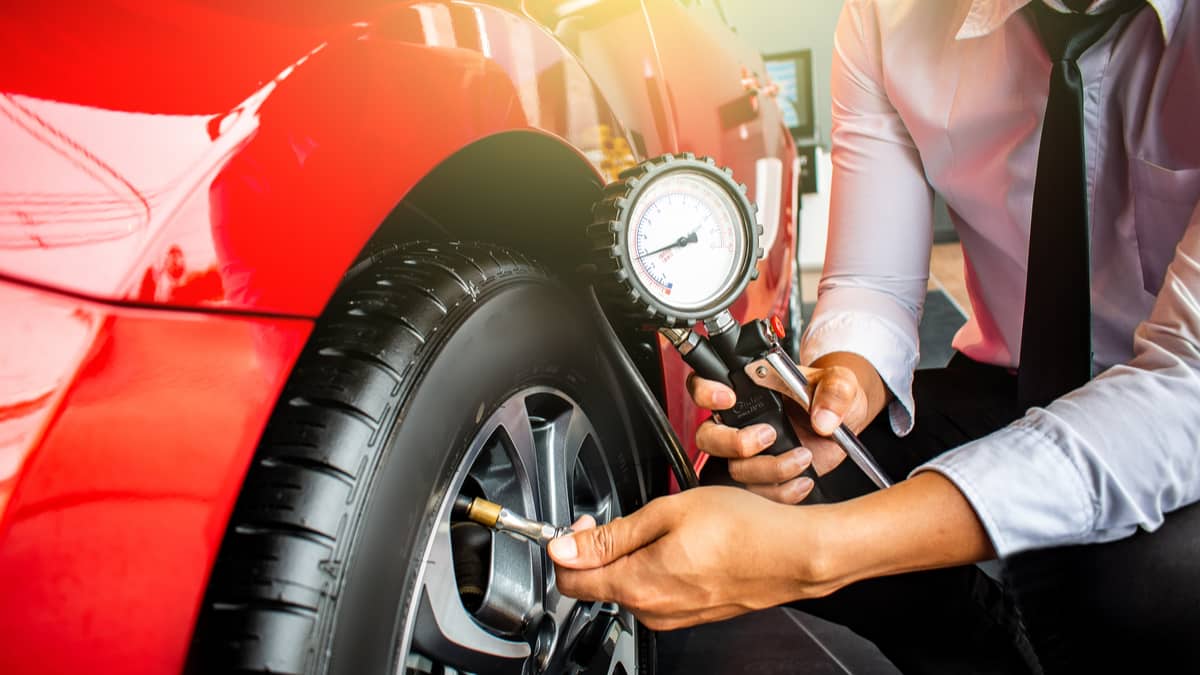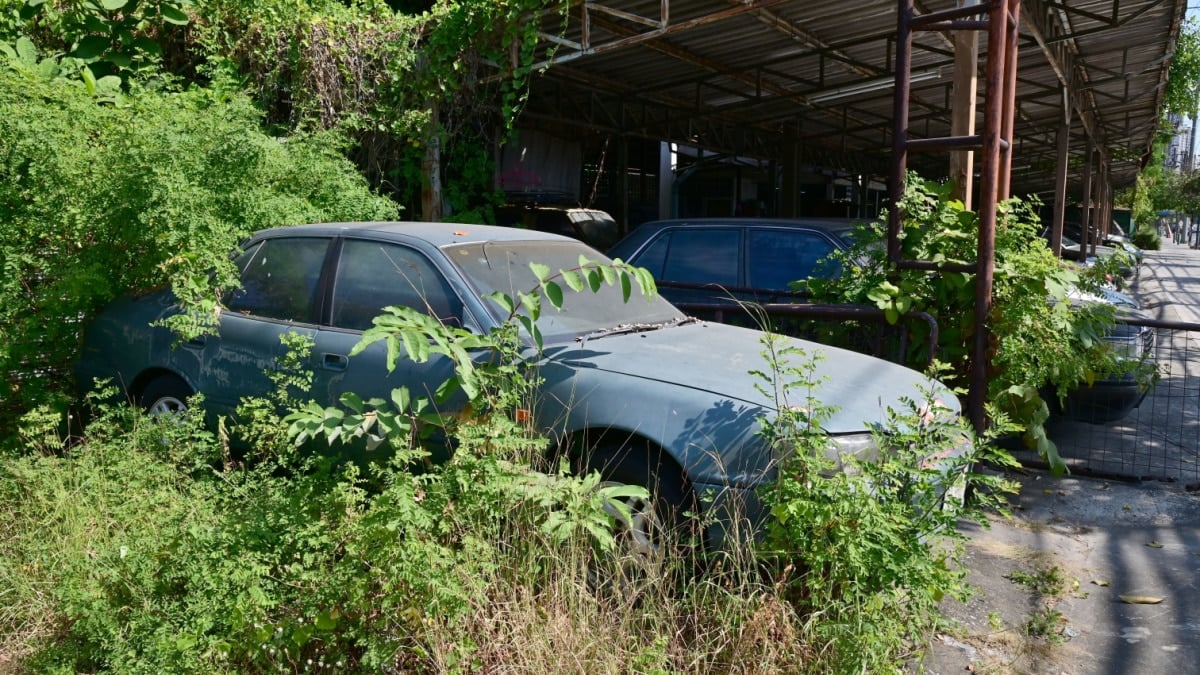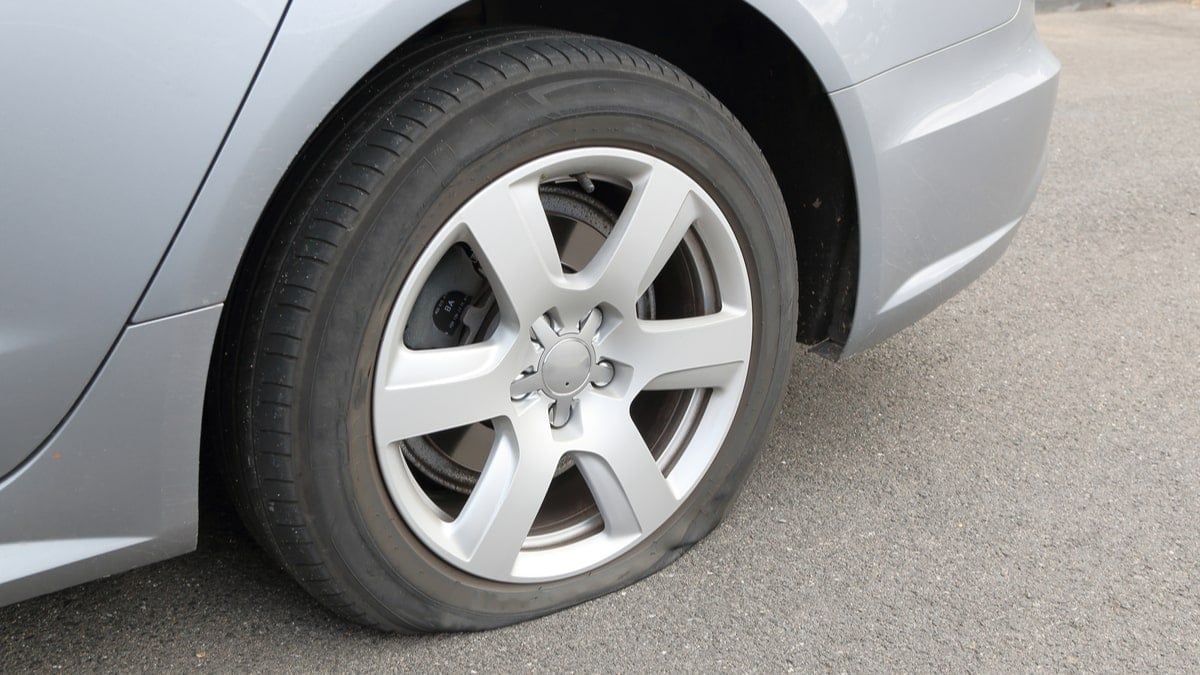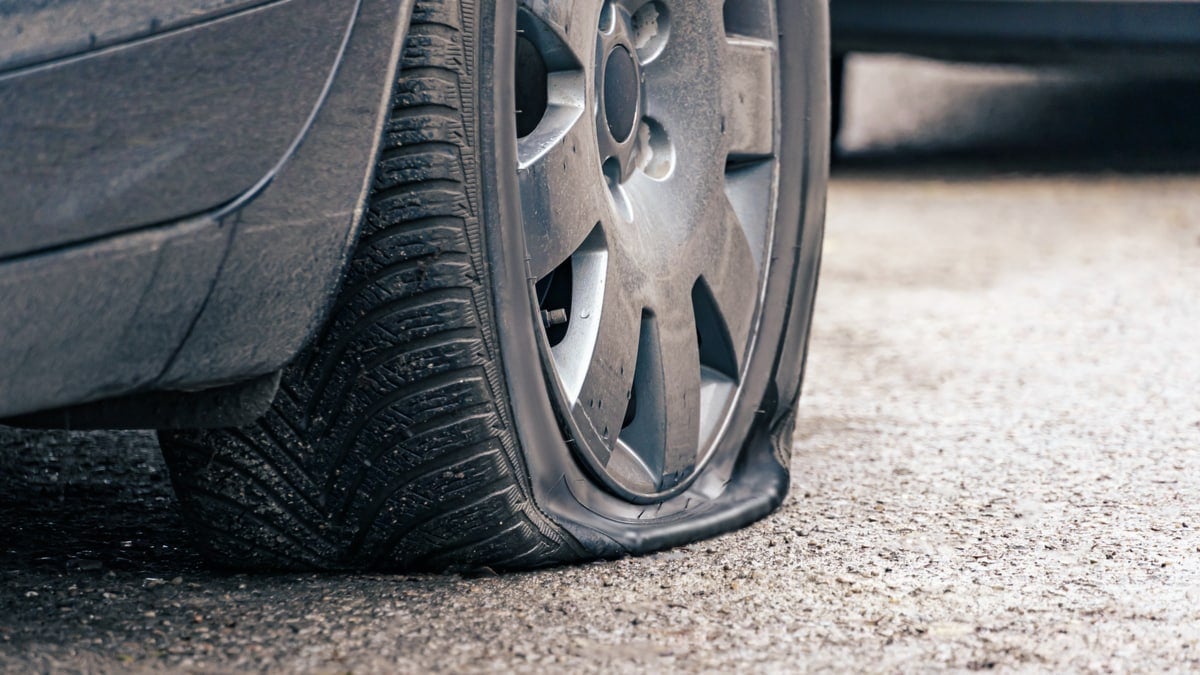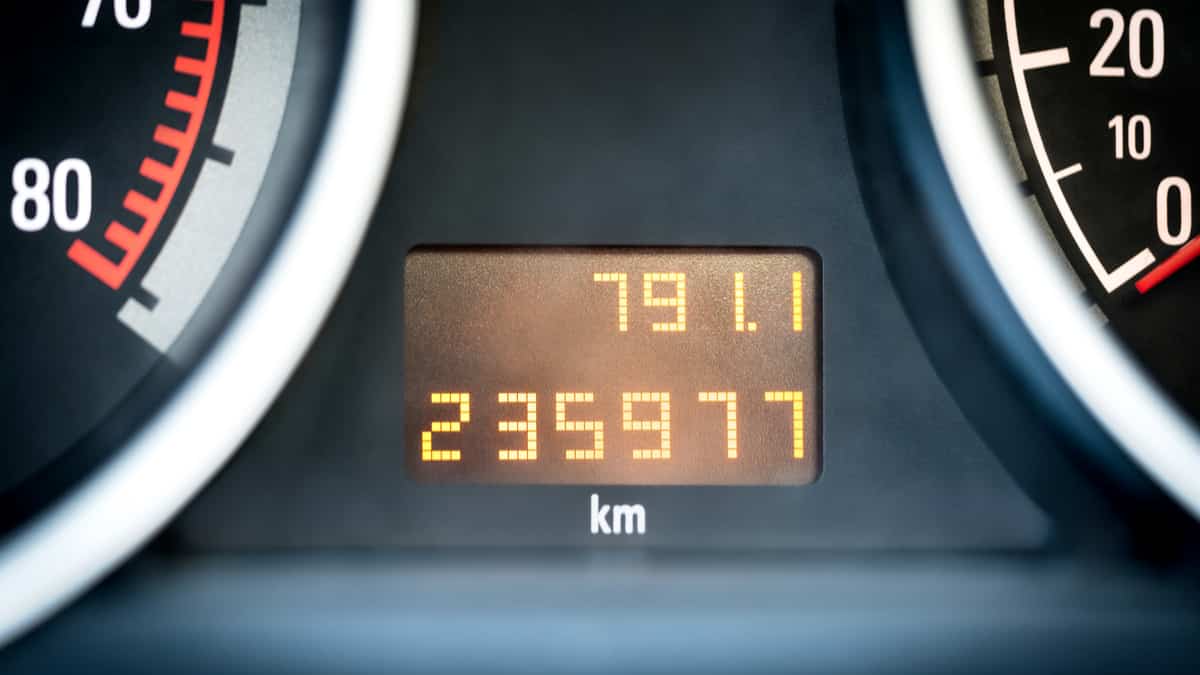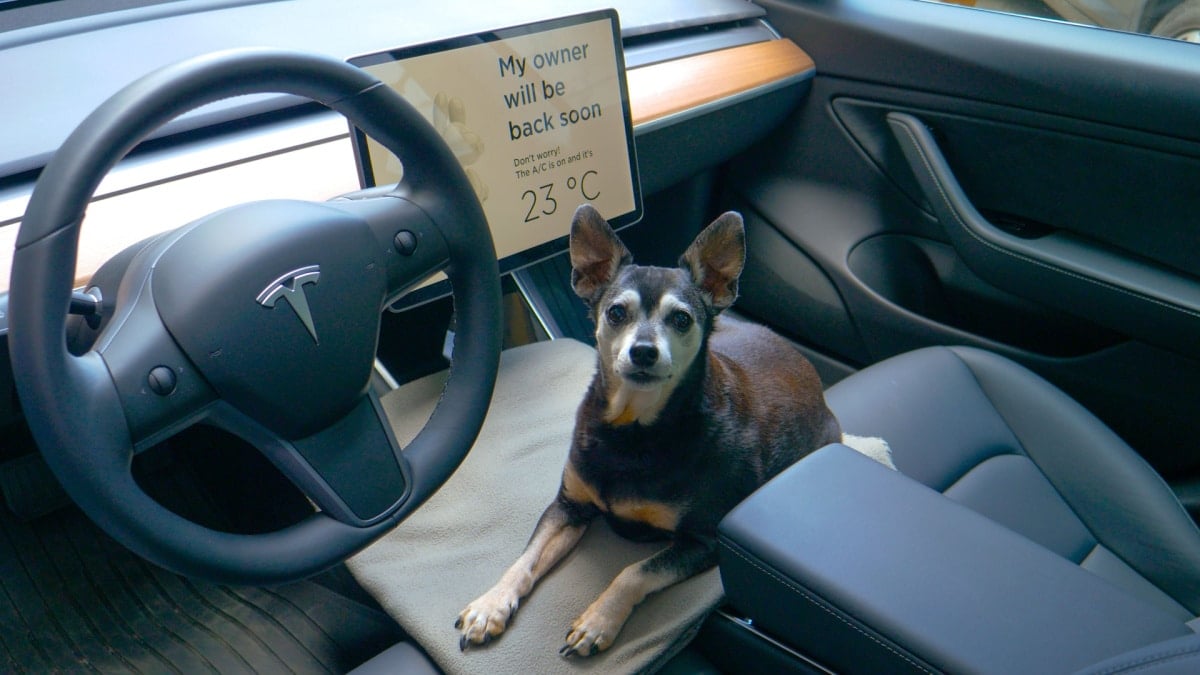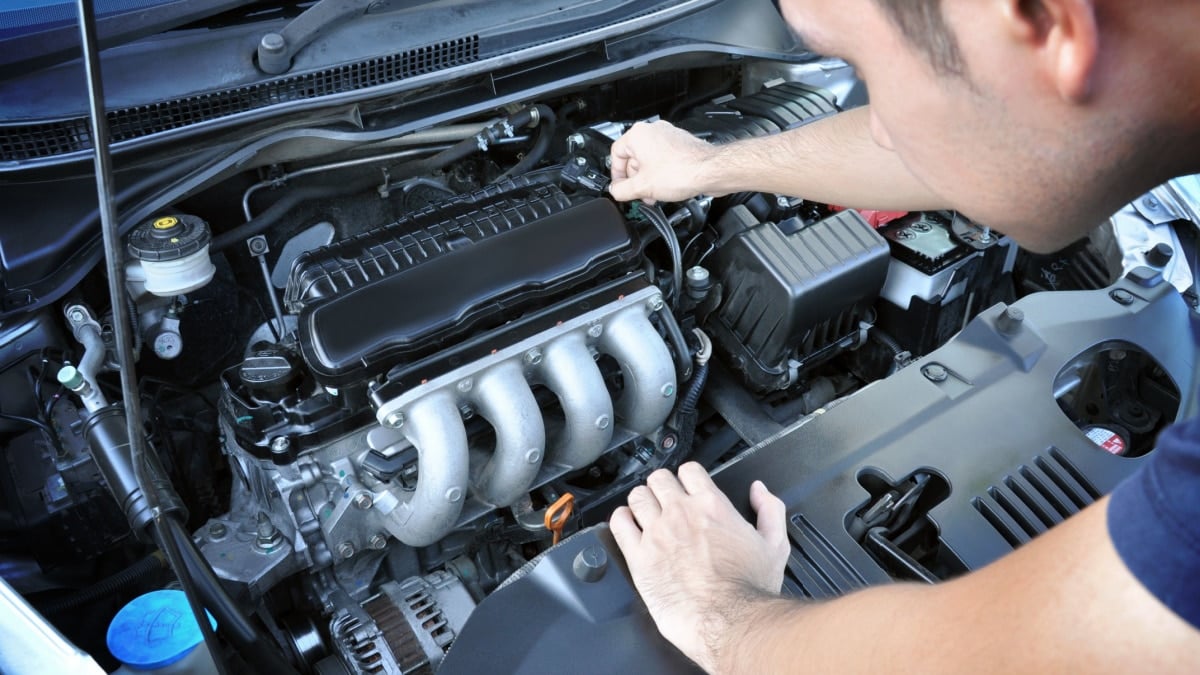While you might not have heard about run-flat tires before, they are not new to the automotive scene. They were first used back in the 1930s, but have recently become more popular on today’s vehicles. With the reinforced sidewall design, a run-flat tire can support the weight of the vehicle after it loses its air pressure, allowing you to get to a service center safely.
But is the cost of the run-flat tire worth the advantages? I look at the reasons to consider this technology, as well as some cons you might not have thought about.
What are Run-Flat Tires?
Run-flat tires have reinforcement to ensure they can temporarily support the vehicle’s weight when the air pressure is lost. However, they are not built to allow you to drive without air pressure indefinitely – many are only rated to go up to 50 miles at 50 mph or less.
Regular tires aren’t built to support the vehicle’s weight without air pressure in them. The air pressure itself is what provides the support. Driving a regular tire without the right air pressure causes a buildup of heat that leads to tire damage and failure.
Types of Run-Flat Tires
1. Self-supporting Run-flat Tire
The most common form of a run-flat tire is the self-supporting construction. This tire does exactly what the name suggests.
When air is lost in the tire, the sidewall construction can carry the weight of the vehicle. However, there’s a limit to how long it will hold up.
2. Support Ring System Tire
With a support ring system, the reinforcement isn’t in the sidewall. Instead, this run-flat configuration contains a physical structure that gets attached to the wheel itself.
With this design, it’s the wheel that supports the vehicle weight, not the tire. However, these tires will also only last so long without the right amount of air pressure.
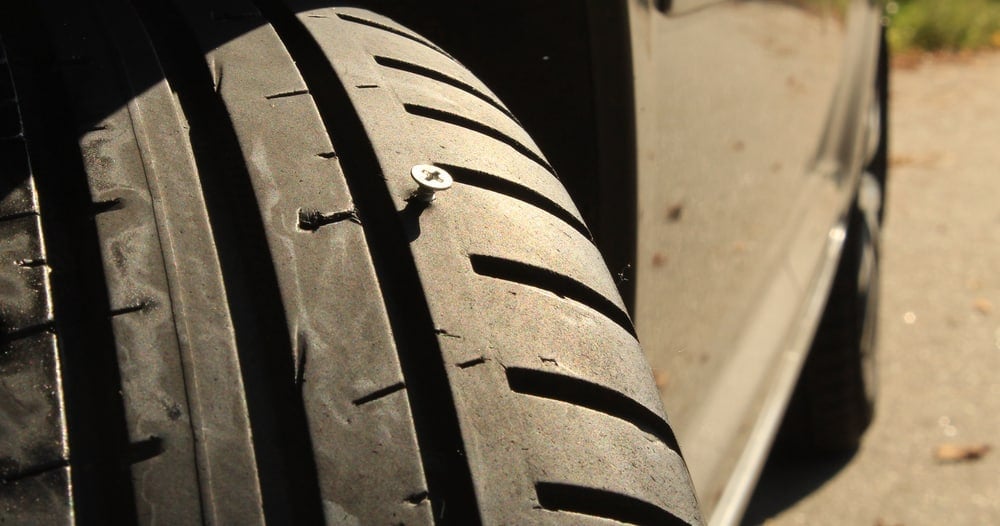
Pros of Run-Flat Tires
1. Allows You to Drive Without Air Pressure
The most obvious benefit to the run-flat tire is that you can continue driving after air pressure is lost. Instead of getting out in the rain or at night, you can drive to a safe location and have the tire fixed or replaced.
You will want to check the owner’s manual to find out how long you can run on the tire and what the safest speed is. Some might get you 50 miles, while others can go up to 100 miles.
2. Stability Following a Blowout
If an ordinary tire goes flat, handling and steering become an immediate problem. This issue puts you at risk for an accident or vehicle rollover.
However, that’s not the case with a run-flat tire. These tires support the weight of your vehicle, ensuring the ride itself doesn’t change much. You will be able to safely get to your nearby tire shop for help.
3. Lowers Vehicle Weight
Without the need to carry a spare tire or tools, the overall vehicle weight is also reduced. However, the difference in weight isn’t terribly substantial, because run-flat tires do weigh a little more due to the added support.
With that said, if you drive a sports car or convertible, it can be helpful to eliminate the need for a spare tire. Instead, you can use what little space you have to hold groceries or a suitcase.
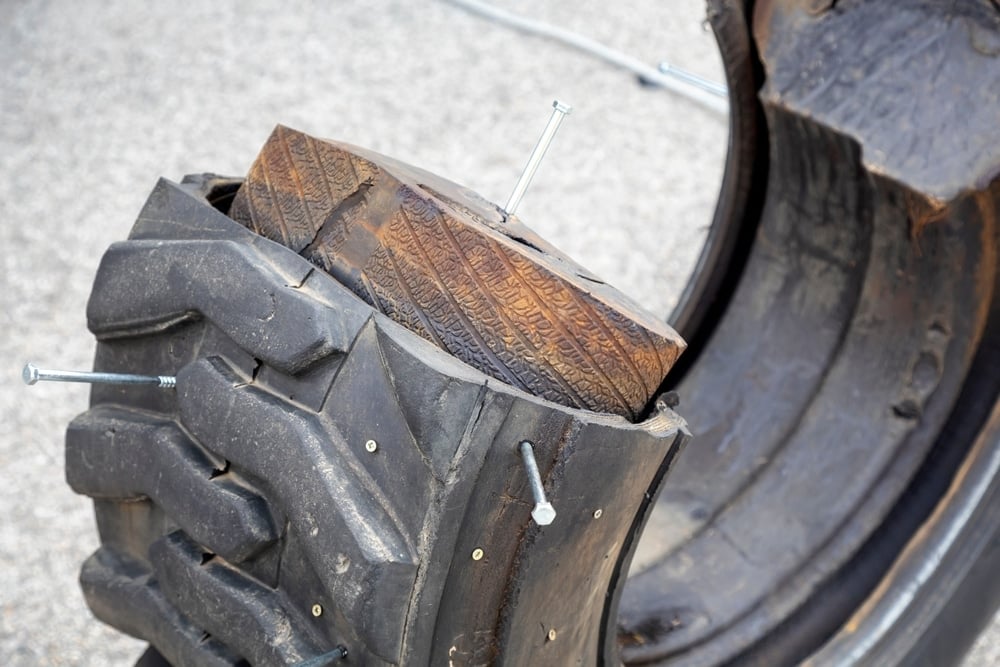
Cons of Run-Flat Tires
1. No Spare Tire
If your vehicle has run-flats, you have no need for a spare tire. You also won’t have the tools onboard to change a tire.
While this allows for space to be used in a different way, such as adding a third row or creating more interior cargo space, it can be a problem if you ever needed a spare. Run-flats aren’t foolproof, and you could run into a time when you need the tire changing tools or another tire quickly, but you won’t have one.
2. Tread Doesn’t Last as Long
Run-flat tires have tread that wears out faster than most conventional tires. Some people speculate it’s because there is a soft tread compound put on the run-flats to counterbalance the harsh ride.
While they might need to be replaced more often, there doesn’t seem to be a lack of satisfaction. In fact, many reports show customer satisfaction at nearly the same level as owners of conventional tires.
3. Blowouts Can Happen
While it is less likely, there are things that could go wrong with the run-flat tires. If you don’t notice the warnings or you drive beyond the limitations of the run-flat, the tire itself can start disintegrating. This concern would lead to the same destabilizing effect as if you had a flat tire.
The sidewall can also be punctured by debris. In this case, you would be forced to pull over and call a tow truck, because you wouldn’t have a spare tire on board.
4. Hard to Diagnose
When you drive on a regular tire, the entire ride changes as air pressure is lost. Between this change and modern tire pressure sensors, it’s simple to tell when one of your tires is flat, allowing you to correct the problem before you are stranded.
However, the sidewalls on a run-flat do not change when the air pressure is low. This stiffer construction forces you to rely on the tire pressure monitoring system when something is wrong. If that system malfunctions and you aren’t checking the air pressures, you might not know there is a problem.
5. Harsher Ride
Run-flat tires have a stiff sidewall that creates a harsher ride. If you add run-flats to a vehicle that didn’t contain them from the factory, you will likely feel the difference.
However, buying a new car with run-flats often doesn’t create too much of a problem. The manufacturer tends to tune the suspension to accommodate the stiffer ride, allowing for more comfort.
6. Higher Cost
There are two ways the run-flat tire is going to cost you more. First, the price of the tires is naturally higher. In fact, you can expect to pay about $35 to $75 more per tire.
Aside from that, it’s less likely that the run-flat can be repaired once something happens. What would have been a $25 patch from the tire shop on a regular tire turns into a full replacement with a run-flat, costing you more again. Plus, your tires should always be replaced in pairs, meaning you won’t be dealing with the cost of one tire, but two.
7. Fewer Available
Run-flats aren’t as popular as conventional tires. Therefore, you might have a harder time finding the set you want on the shelf.
If you are in a large city, you will have better luck. Otherwise, you will want to pre-order your tires before your appointment. If you need tires replaced right away, you might be waiting a few days for them to arrive.
Run-flat Tire Costs
Run-flat tires cost about $150 to $500 per tire on a standard passenger vehicle. That’s about 35% to 200% more than conventional tires. You will likely pay even more if you are driving a heavy-duty vehicle or luxury model.
Considering your tires should at least be replaced in pairs, you are looking at $300 to $1,000 for a set. However, if you need all four tires, it’s not uncommon to pay $600 to $2,000 for the tires without factoring in the installation and alignment costs.
How long will a run-flat tire last?
If your tire is not flat, a run-flat tire will last as long as a regular tire. However, a punctured run-flat tire will last up to 50 miles before you need to repair it – perfect for getting you to a tire repair shop.
Are run-flat tires worth it?
To know if a run-flat tire is worth it to you, there are a couple of factors you need to consider. For example, do you often drive on bad roads with a high risk of punctures? If so, run-flat tires can be a good investment because they protect you from being stranded with a flat tire. Run-flat tires won’t leave you stranded on the side of the road in most cases, but they aren’t perfect yet.
How fast can you drive on run-flat tire?
Run flat tires should not be driven over 55 mph, although run flat tire manufacturers vary their guidelines. Therefore, it is best to check the guidelines directly from the manufacturers of your run flat tires to get the correct maximum speed. Once the run-flat tire is driven beyond its limit, it may no longer be safe to continue driving on it.
Are run-flat tires noisy?
The sidewalls of run-flat tires are thicker than regular tires and will therefore create slightly louder road noise. You may also notice that your car is a little more bumpy than usual when driving on rough roads. Try to drive a car with run-flat tires before you make your decision!
Categories: Tires

